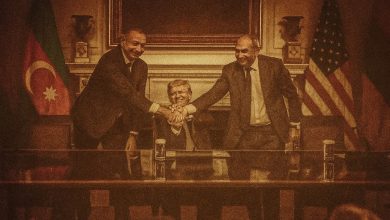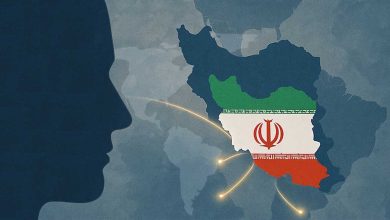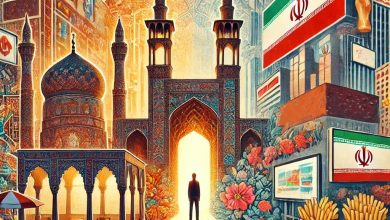
With the launch of Israel’s military attack on Iran—followed by the U.S. targeting of Iran’s three main nuclear facilities in Natanz, Fordow, and the uranium conversion facility in Isfahan—the Middle East entered one of its most critical security crises in recent decades. This assault, carried out with direct U.S. military involvement and the use of advanced weaponry, particularly bunker-buster bombs, pursued a threefold objective: the destruction of Iran’s nuclear capacity, the dismantling of its military infrastructure, and the political collapse of the Islamic Republic. However, Iran’s swift and forceful response not only thwarted these goals but also fundamentally elevated its geopolitical standing.
Contrary to expectations, Iran not only managed to quickly activate its defensive and offensive systems following the initial strikes, but also successfully launched dozens of ballistic missiles at sensitive targets within Israel. It was also able to maintain the integrity of its internal command structure. For the first time, Iran’s missile power was tangibly demonstrated through direct strikes on military and strategic targets in Tel Aviv, Haifa, and Dimona. Independent military experts confirmed that Israeli air defense systems, such as the Iron Dome and David’s Sling, were only partially effective in intercepting the attacks, and real damage was inflicted on Israel’s infrastructure.
Another significant dimension of this confrontation was the absence of Iranian proxy forces. Contrary to the common assumption that Iran’s military leverage depended heavily on its regional allies, this war revealed that the Islamic Republic is capable of conducting a full-scale direct military conflict with a technologically advanced and Western-backed adversary independently. This reality greatly enhanced Iran’s military credibility—not only among its enemies but also on the global stage—introducing a new concept of independent deterrence into Middle Eastern security calculations.
An often overlooked aspect of this conflict was the psychological and intelligence warfare waged by Israel and certain Western agencies. They attempted to exploit the chaos of the conflict to incite internal dissent and provoke political collapse within Iran by activating infiltrators and fueling domestic unrest. However, the outcome was not internal collapse but rather strengthened social cohesion and internal security. The Islamic Republic succeeded in maintaining control under the most critical circumstances, effectively preventing one of the war’s key objectives: internal fragmentation. This compounded Israel’s failure, both militarily and strategically.
Despite some damage to its nuclear infrastructure, post-war Iran has emerged in a far stronger position than before. Rather than being isolated—as the attackers intended—Iran’s real-time military performance enhanced its international status. Global powers including China and Russia openly supported Iran’s right to legitimate self-defense. Moreover, many countries that previously doubted Iran’s military capability now recognize it as an independent and powerful actor in regional balance dynamics.
This confrontation also served as tangible proof that Iran’s deterrent power is not a rhetorical threat but an operational reality. Although its nuclear facilities were damaged, the overall structure of its nuclear program remained intact. In fact, Iran is now leveraging lessons from this war to develop more advanced protective and technical frameworks. The country’s nuclear strategy has entered a phase of operational flexibility and strategic dispersal, reducing its vulnerability to future attacks.
Overall, Israel failed to achieve any of its three primary goals in this war. In contrast, Iran not only avoided defeat but also introduced a new model of regional power projection through its successful defense and effective resistance against Israel and the United States. Iran’s position within the Middle East security order has undergone a structural transformation—from a potential deterrent force to a proven military power. Post-war Iran is now recognized not only as a key regional actor but also as an influential global player. This shift lays the foundation for a redefined balance of power in West Asia and beyond.






